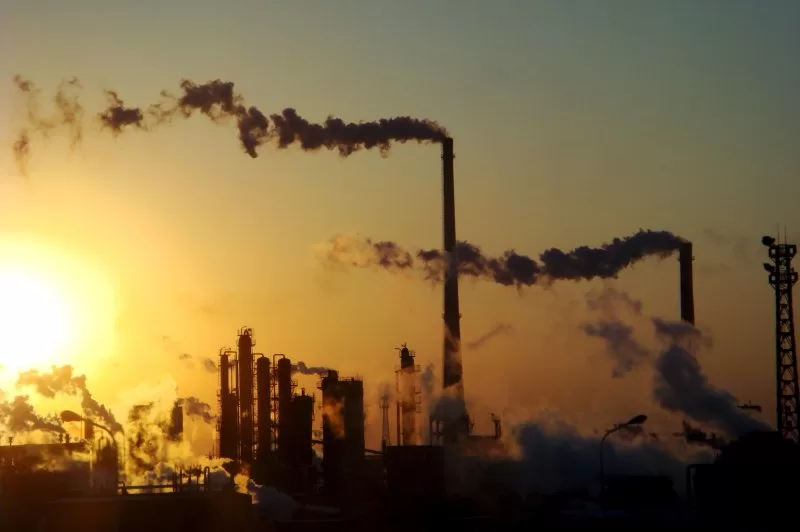1 of 2 | The three most common greenhouse gases blamed for Earth’s warming climate continued their steady rise in the atmosphere during 2023, according to a new report by the National Oceanic and Atmospheric Administration. File Photo by Ryan Tong/EPA-EFE
April 6 (UPI) — Despite efforts to reduce greenhouse gases, 2023 saw another steady increase in the amount recorded in the Earth’s atmosphere, according to a new report by the National Oceanic and Atmospheric Administration.
The three gases most attributed to human causes, carbon dioxide (CO2), methane and nitrous oxide, didn’t increase as rapidly as in recent years but rather were on par with “steep increases observed during the past decade,” NOAA scientists said in the report.
“We still have a lot of work to do to make meaningful progress in reducing the amount of greenhouse gases accumulating in the atmosphere,” said Vanda Grubisic, director of the NOAA Global Monitoring Laboratory, which collects and analyzes air samples.
CO2 is considered the most impactful of greenhouse gases, according to scientists.
NOAA laboratory analysis shows the global surface concentration of CO2 increased by 2.8 parts per million to an average of 419.3 ppm during 2023. The 12-month average of 419.3 ppm is about 50% higher than estimated for pre-industrial CO2 levels.
Last year was the 12th consecutive year global surface concentrations grew by more than 2 ppm, which is the longest sustained rate of CO2 increases in NOAA’s 65 years of monitoring.
The agency hadn’t recorded three consecutive years of CO2 increases of at least 2 ppm before 2014. The federal agency began tracking global greenhouse gas levels in 1959.
CO2 emissions in 2020 showed reduced outputs because of lower energy demands due to lockdowns imposed by the global COVID-19 pandemic, the International Energy Agency reported.
Methane also grew in 2023, reaching an average of 1,922.6 parts per billion, up 10.9 ppb from 2022 but lower than a record increase of 15.2 ppb in 2020, according to NOAA.
The federal agency says atmospheric methane levels are 160% higher than pre-industrial levels.
The NOAA says nitrous oxide is the “third-most significant human-caused greenhouse gas” and increased by 1 ppb to 336.7 ppb in 2023.
Nitrogen fertilizer and manure used in agriculture are the primary sources of human-caused methane, which is 25% higher than the pre-industrial level of 270 ppb.
The NOAA’s Global Monitoring Laboratory collected and analyzed more than 15,000 global air samples at monitoring stations located around the world.
Locations providing the NOAA with air samples include 53 cooperative sampling locations around the world, 20 tall-tower sites and airports in North America.
